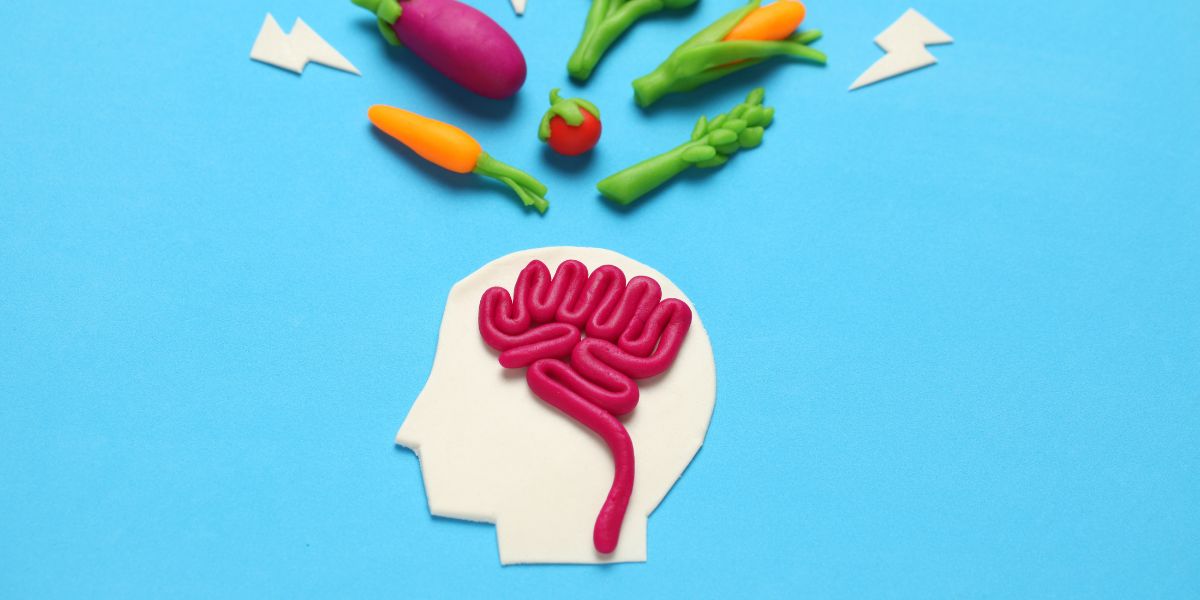Traditional Chinese Medicine (TCM) is an ancient form of treatment that aims to maintain harmony and balance within the body.
A number of therapeutic methods may be combined to produce a holistic effect.
Whilst some aspects of TCM may result in benefits, there is little in the way of scientific proof to show that the theory behind TCM is valid.
How does Chinese medicine work?
Chinese medicine works to benefit the mind and body overall.
Techniques used in Chinese medicine include:
- Chinese herbal medicine
- Acupuncture
- Diet therapy
- Mind body exercises such as qigong and t’ai chi
- Chinese massage (tui na)
Chinese herbal medicine
Chinese herbal medicine is centred on the use of plants, but also some minerals and animal products. These herbs are often combined in formulas and administered as capsules, powders or teas.
Different herbs are chosen based on the person’s symptoms. These may be single herbs or a combination, with the different herbs playing different roles. [304]
Acupuncture
Acupuncture is the practise of inserting needles (4-25mm long) into specific areas of the body to stimulate sensory nerves.
The stimulation of nerves can result in the release of chemicals in the body including endorphins.
Research studies have demonstrated that acupuncture therapy may benefit peripheral diabetic neuropathy and reduce nerve pain. [305] [306]
Evidence showing a positive effect of acupuncture on blood glucose levels are limited to animal studies.
Diet therapy
Diet therapy in Chinese medicine is based around eating natural whole foods. Chinese diet therapy puts forward the idea that diabetes is down to excess internal heat.
The remedy is to have cooling foods. Many fruits and vegetables, tofun, certain grains and certain seafood are defined as being cooling foods. [307]
Whilst eating natural, whole foods is a good step, care should be taken about choice of foods as Chinese diet therapy lacks a strong scientific basis.
Note that grains and most fruits are relatively high in carbohydrate. Too much carbohydrate in the diet is linked with high blood glucose levels and poor blood glucose control.
Qigong and t’ai chi
T’ai chi and Qigong are martial arts that have evolved into different forms including low impact exercise. In this form, they are characterised by controlled breathing, stretching, balance and slow, flowing movements.
T’ai chi and Qigong are recognised as being particularly useful for some elderly people as research suggests that they may improve psychological wellbeing and balance to prevent falls. [308]
Tui na massage therapy
Tui na is a form of massage therapy that uses techniques such as kneading, pull and pushing of the flesh at acupressure points.
Whilst research has found positive results for tui na in a number of areas of health, such as lower back pain and high blood pressure, however, stronger and more reliable research is needed to qualify the benefits. [309] [310]







